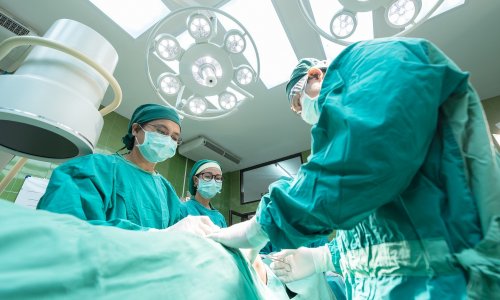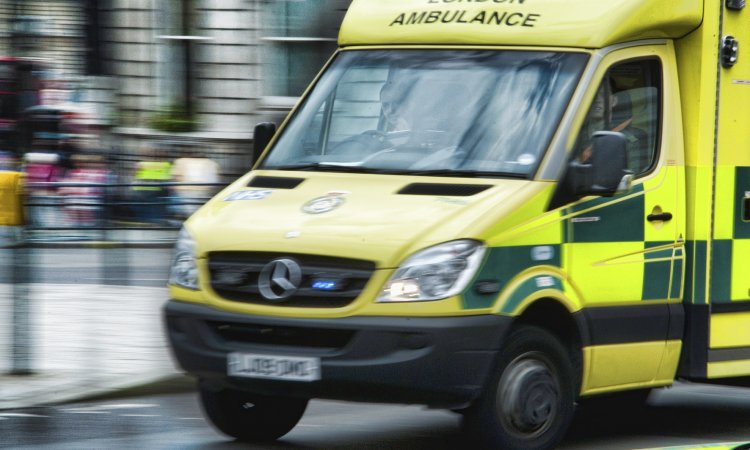Arabs or Jews, children who need pain relief in the ER get it
Children with broken bones or joint dislocations in northern Israel emergency departments received equal pain treatment, regardless of their ethnicity or the ethnicity of the nurses who treated them, even during a period of armed conflict between the two ethnic groups.

An investigation of potential disparities in pediatric emergency department pain relief in northern Israel was published online today in Annals of Emergency Medicine ("Emergency Department Pain Management in Pediatric Patients with Fracture or Dislocation in a Bi-Ethnic Population").
"The Israeli-Palestinian conflicts may be intractable, but in the emergency department, all children are treated the same," said lead study author Dr. Itai Shavit of the Pediatric Emergency Department at the Rambam Health Care Campus in Haifa, Israel. "Having a nurse of the same or different ethnicity did not influence the rate of analgesia, and that held true for the entire four years of the study, including the 11-week period of armed conflict between Palestinians and Israelis in 2014."
Of Arab children with pain scores between seven and 10 (out of 10), 99.05 percent received opioid therapy. Of Jewish children with pain scores between seven and 10, 99.08 percent received opioid therapy. Of Arab children treated by Jewish nurses, 99 percent received opioid pain relievers. Of Jewish children treated by Arab nurses, 98.9 percent received opioid therapy.
During the 11-week period of armed conflict between Palestinians and Jews in 2014, 100 percent of Arabic children received opioid medication and 96 percent of Jewish children received opioid medication. Jews are the majority population in northern Israel, which is reflected in the higher number of Jewish patients and nurses in the study.
"Inadequate pain relief in emergency departments is a recognized problem, particularly among certain ethnic groups in the United States," said Shavit. "We believe these good results are in part due to the high levels of professionalism in the nursing staff."
Source: American College of Emergency Physicians
03.09.2015










